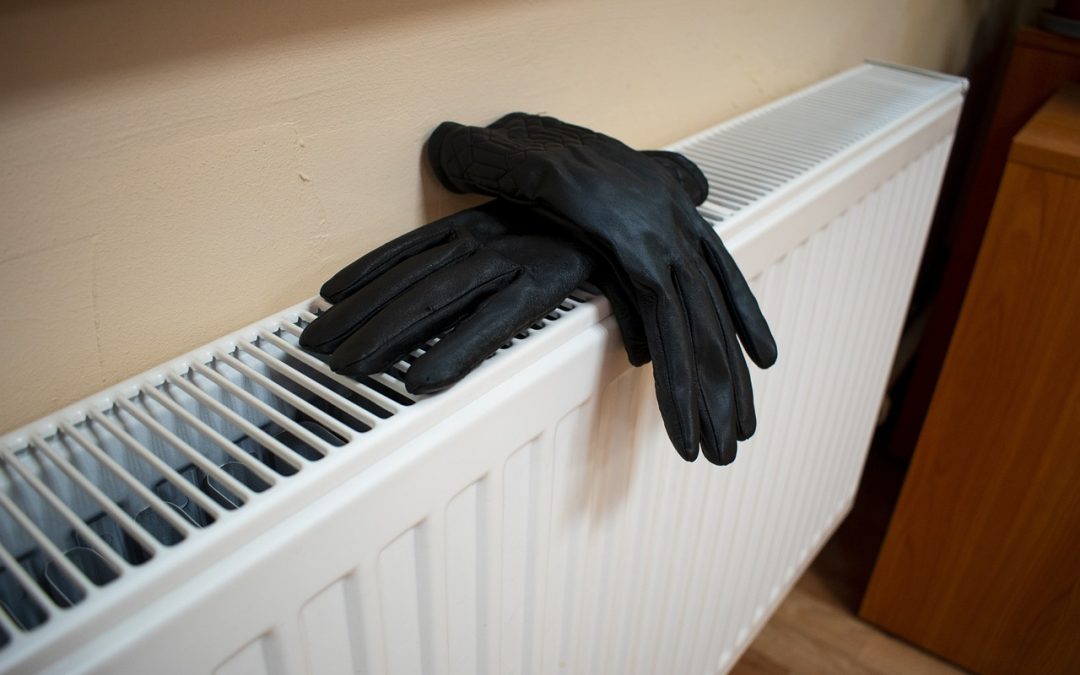HVAC Summer Maintenance Las Cruces. Las Cruces, New Mexico is renowned for its breathtaking desert landscapes and vibrant culture, but it also experiences intense summer heat. During these soaring temperatures, a reliable and efficient HVAC system is essential for comfort, health, and well-being. Proactive summer HVAC maintenance guarantees that your system operates smoothly, efficiently, and reliably throughout the hottest months, helping to prevent costly breakdowns and ensuring your home remains an oasis.
Ignoring HVAC maintenance can lead to a cascade of problems, from decreased cooling capacity and skyrocketing energy bills to complete system failure during the most inconvenient times. Investing in regular upkeep is a smart way to protect your investment, extend the lifespan of your unit, and ensure your comfort during the sweltering Las Cruces summers.
When to Schedule HVAC Maintenance
The ideal time to schedule your summer HVAC maintenance in Las Cruces is typically in the late spring or early summer, before the peak heat arrives. Aim for a service appointment between March and May. Scheduling early offers several advantages:
Beat the Rush: HVAC technicians often experience a surge in service calls during the hottest months when systems start to fail. Scheduling early ensures you can secure an appointment at a convenient time without long wait times.
Proactive Prevention: Getting your system checked before it’s under maximum stress allows technicians to identify and address potential issues before they escalate into major problems or complete breakdowns during a heatwave.
Optimal Performance: Early maintenance ensures your system is running at peak efficiency when you need it most, maximizing cooling capacity and minimizing energy consumption throughout the summer.
Early Detection of Wear and Tear: Technicians can identify and address minor wear and tear on components before they lead to more significant and expensive repairs later in the season.
While early maintenance is ideal, it’s never too late to schedule a check-up. Even if summer has already begun, a maintenance appointment can still identify and resolve existing issues, improving your system’s performance and potentially preventing a mid-summer crisis.
Summer HVAC Maintenance Checklist
A thorough summer HVAC maintenance check should include a range of tasks to ensure all critical components are functioning correctly. Here’s a detailed checklist of what should be included:
Outdoor Unit:
Coil Cleaning: The condenser coils are responsible for releasing heat outside. Dust, pollen, grass clippings, and other debris can accumulate on these coils, hindering their ability to dissipate heat effectively. The technician should thoroughly clean the coils using specialized cleaning solutions and techniques.
Fan Blade Inspection and Cleaning: The condenser fan helps to draw air across the coils. The blades should be inspected for damage and cleaned of any debris that could impede airflow.
Refrigerant Level Check: The technician should check the refrigerant levels to ensure they are within the manufacturer’s specifications. Low refrigerant can significantly reduce cooling capacity and indicate a leak.
Refrigerant Line Inspection: The refrigerant lines should be inspected for leaks, kinks, or damage.
Electrical Connection Check: All electrical connections should be inspected for tightness and corrosion. Loose or corroded connections can lead to system malfunctions and safety hazards.
Capacitor Check: Capacitors provide the electrical boost needed to start and run the motors. The technician should test the capacitors to ensure they are functioning correctly.
Unit Leveling: Ensure the outdoor unit is sitting level. An unlevel unit can cause stress on internal components.
Clearance Check: Ensure there is adequate clearance (typically at least 2-3 feet) around the outdoor unit to allow for proper airflow. Trim back any vegetation that is obstructing the unit.
Indoor Unit (Furnace/Air Handler):
Air Filter Replacement: The air filter is crucial for protecting the system from dust and debris and for maintaining good indoor air quality. The filter should be inspected monthly and replaced as needed (typically every 1-3 months, more frequently during heavy usage). The technician should replace the filter during the maintenance visit.
Blower Motor Inspection and Lubrication: The blower motor circulates air throughout your home. The technician should inspect the motor for proper operation and lubricate moving parts as needed.
Blower Wheel Inspection and Cleaning: Dust and debris can accumulate on the blower wheel, reducing airflow and efficiency. The technician should clean the blower wheel.
Evaporator Coil Inspection and Cleaning: The evaporator coil absorbs heat from the air inside your home. Dust and mold can accumulate on this coil, hindering its ability to cool effectively. The technician should inspect and clean the evaporator coil.
Drain Line Inspection and Clearing: The condensate drain line removes moisture that is collected during the cooling process. A clogged drain line can lead to water leaks and potential mold growth. The technician should inspect and clear the drain line.
Electrical Connection Check: Similar to the outdoor unit, all electrical connections in the indoor unit should be inspected for tightness and corrosion.
Overall System Checks:
Thermostat Calibration: The thermostat should be checked for accuracy to ensure it is correctly controlling the temperature.
System Start-Up and Shutdown: The technician should observe the system starting up and shutting down to ensure proper operation.
Temperature Readings: The technician should take temperature readings at the vents to verify that the system is cooling effectively.
Airflow Measurement: The technician may measure airflow to ensure the system is moving the correct amount of air throughout your home.
Noise and Vibration Check: The technician should listen for any unusual noises or vibrations that could indicate a problem.
System Controls and Safety Devices: All system controls and safety devices should be checked for proper operation.
By scheduling regular summer HVAC maintenance in Las Cruces and ensuring these key checks are performed, you can enjoy a cool, comfortable, and energy-efficient summer while protecting your investment and preventing costly breakdowns. Don’t wait until the heat is unbearable – proactive maintenance is the key to a worry-free summer in the desert.

